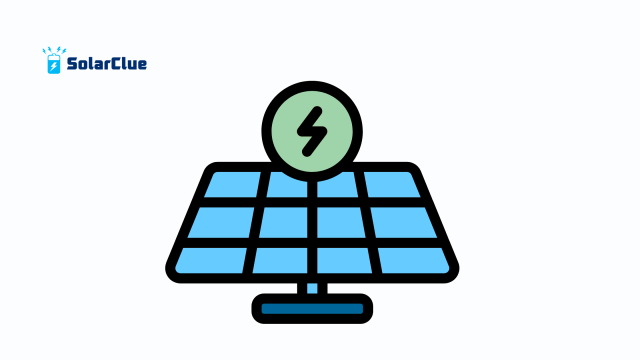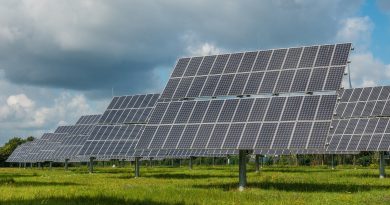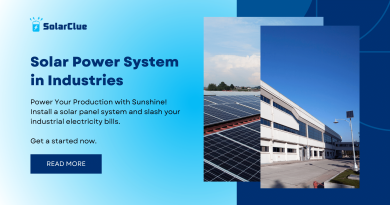Off-Grid Solar Homes: Things You Need
Living off the grid is more than a lifestyle—it’s a commitment to sustainability, self-sufficiency, and smart energy use. With rising electricity costs and growing environmental concerns, off-grid solar solutions are empowering homeowners across the globe. If you’re considering off-grid solar for home, this comprehensive guide will provide you with everything you need to make the right choices and go solar with confidence.
Table of Contents
- 1 What Is Off-Grid Solar?
- 2 Why Choose Off-Grid Solar for Home?
- 3 Assessing Your Power Needs
- 4 Choosing the Right Solar Power System
- 5 Battery Storage Options
- 6 Solar Charge Controllers
- 7 Inverters: Heart of Your Solar System
- 8 Solar Panel Mounting Structures
- 9 Maintenance and Monitoring
- 10 Costs and Incentives
- 11 Common Challenges and How to Solve Them
- 12 Is Off-Grid Solar Right for You?
- 13 Steps to Get Started
- 14 Final Thoughts
- 15 FAQs
What Is Off-Grid Solar?
Understanding the Basics
Off-grid solar refers to a system that operates independently of the main power grid. It generates electricity using solar panels, stores it in batteries, and powers a home without relying on utility services.
Key Components of an Off-Grid System
- Solar panels
- Battery bank
- Charge controller
- Inverter
- Backup generator (optional but recommended)
Why Choose Off-Grid Solar for Home?
Energy Independence
With an off-grid solar power system, you’re no longer affected by grid failures or rising tariffs. It gives you full control over your energy source.
Environmental Impact
Using solar power significantly reduces your carbon footprint, making your home more eco-friendly.
Cost Efficiency Over Time
While the initial setup may seem costly, an off-grid solar system pays for itself in the long run through savings on electricity bills and maintenance.
Assessing Your Power Needs

Calculate Your Energy Consumption
Before investing in an off-grid solar power system, list your home appliances and their energy usage. This helps determine the number of solar panels and battery capacity you need.
Peak vs. Base Load
Understanding your base load (essential appliances) and peak load (high usage periods) is crucial for designing an efficient system.
Choosing the Right Solar Power System
Off-Grid vs. Grid-Tied
While both use solar energy, only off-grid systems offer complete independence. Grid-tied systems rely on utility power as a backup.
Types of Solar Panels
- Monocrystalline: High efficiency and compact
- Polycrystalline: Lower cost but slightly less efficient
- Thin-Film: Lightweight and flexible, but requires more space
Battery Storage Options
Lithium-Ion Batteries
Highly efficient and space-saving, but more expensive.
Lead-Acid Batteries
Affordable and reliable but bulky and requires more maintenance.
Solar Charge Controllers
PWM vs. MPPT Controllers
MPPT controllers are more efficient and recommended for most modern solar power systems.
Inverters: Heart of Your Solar System
Pure Sine Wave vs. Modified
A pure sine wave inverter is ideal for running sensitive electronics and provides cleaner energy.
Solar Panel Mounting Structures
Rooftop vs. Ground Mounts
Choose based on your available space, shading, and solar exposure.
Tilt and Orientation
Ensure the panels are positioned to receive maximum sunlight year-round.
Maintenance and Monitoring
Cleaning Your Panels
Keep them free from dust, leaves, and bird droppings to maintain efficiency.
System Monitoring Tools
Modern systems offer mobile apps and dashboards for real-time performance tracking.
Costs and Incentives
Installation Costs
Varies by location, size of the system, and components used.
Government Subsidies
In India, for example, the MNRE offers up to 40% subsidy on solar power systems. Check with local authorities for region-specific incentives.
Common Challenges and How to Solve Them
Energy Storage Limitations
Avoid running high-load appliances simultaneously and upgrade battery capacity as needed.
Weather Variability
A backup generator or hybrid system can help manage energy needs during cloudy days.
Is Off-Grid Solar Right for You?
Suitable Locations
Ideal for remote areas, farms, or any place where grid access is limited or unstable.
Lifestyle Adaptations
Being mindful of your energy consumption is key to a successful off-grid solar experience.
Steps to Get Started
Site Assessment
Engage a certified solar installer to evaluate your site and suggest the optimal setup.
System Design and Customization
Tailor your solar power system based on your energy needs and budget.
Installation and Inspection
Ensure the system is installed by professionals and adheres to safety and regulatory standards.
Final Thoughts
Choosing an off-grid solar solution is a forward-thinking move for a sustainable future. By understanding your power needs, selecting the right components, and maintaining your system well, you can enjoy a seamless, independent, and green lifestyle powered by the sun. If you’re ready to take the leap, explore resources and options at SolarClue.com and their detailed guides at blog.solarclue.com.
FAQs
1. How many solar panels do I need for an off-grid home?
It depends on your daily energy usage. On average, a small home may require 10–20 panels.
2. Is off-grid solar legal in India?
Yes, off-grid solar setups are legal and often encouraged through government subsidies.
3. Can I run AC with off-grid solar?
Yes, but you need a powerful inverter and sufficient battery backup.
4. How long do solar batteries last?
Typically, 5–15 years depending on the type and usage.
5. What happens during cloudy days?
Your battery storage or a backup generator will supply power during low-sunlight periods.
Power your future with clean energy—visit SolarClue.com today and explore a better, greener way to live!




